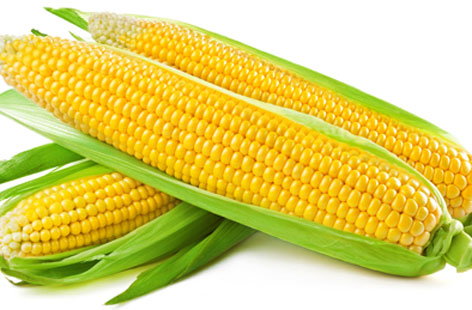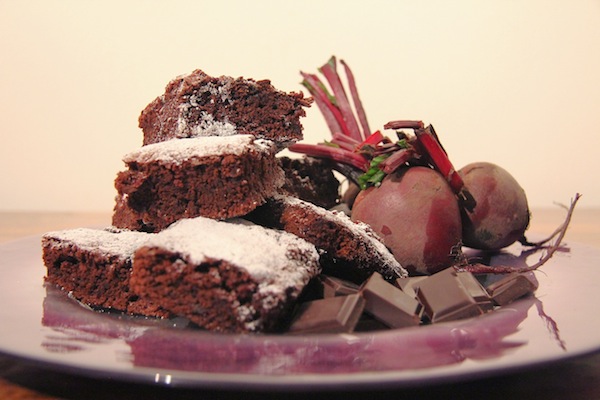This blog posting will explain the health benefits of Sweetcorn, how to ‘kernel a sweet corn’, and as always a couple of recipes, this time in a southern style, guaranteed to please, for you to try out yourself.
So the health benefits, what are they? Like many other fruits and vegetables sweet corn is rich in many vitamins, minerals, antioxidants and fibre, which in turn have their own health benefits, but here are a few extra reasons why to eat sweet corn:
·
Rich in folate – so for pregnant women or those
looking to become pregnant, sweet corn is a great way to get the folate your
body and baby needs from a natural source. Folate is also associated with
lowering homocysteine levels in the blood, an amino acid that can damage blood
vessels, so it is great for cardiovascular health.
·
Rich in beta cryptoxanthin – Beta cryptoxanthin is
converted into vitamin A in the body, and has shown to reduce risk of
developing lung cancer. Vitamin A is also important for healthy skin, hair and
nails. So getting munching girls!
·
Rich in thiamine – a nutrient vital for brain
cell development and cognitive function. Studies have shown links between high thiamine
intake and improved memory. Thiamine is needed for the production of
acetylcholine, a neurotransmitter required for the maintenance of memory
capabilities, low levels of this are linked to the development of Alzheimers.
·
Rich in zeaxanthin – zeaxanthin is found in the
yellow pigment in sweet corn, and is linked to protecting the eyes against age
related diseases such as macular degenerative disease.
How to kernel a sweet corn:
Step 1 – Remove the husk and silk from the corn
Step 2 – Brush with butter (optional) and grill or boil for 10-15
minutes until softened
Step 3 – Cut one end of the sweet corn to create a flat end for safety,
then with the sweet corn resting on the cut, flat side, using a sharp knife
carefully cut off the kernels from top to bottom. Now add to a salad or cook
with and enjoy!
Southern Creamed Corn
This is a great dish for barbeques, or as an alternative for mashed
potato, and if you use tinned corn, is a really cheap and cheerful dish!
- 8 ears corn, husked
- 2 tablespoons sugar
- 1 tablespoons all-purpose flour
- Salt and freshly ground black pepper
- 1 cup double cream cream
- 1/2 cup cold water
- 2 tablespoons bacon grease
- 1 tablespoons butter
Sweetcorn Fritters
These are great for picnics, and provided you are careful can be great
to make with the kids for their packed lunches the next day. Also taste great
with ketchup or salsa!
·
100g/3½oz plain flour
·
1 tsp. baking powder
·
salt and freshly ground black pepper
·
pinch smoked paprika
·
1 tbsp. caster sugar
·
2 free-range eggs
·
75ml milk
·
350g sweet corn kernels (if using tinned, drain well)
·
6 finely chopped spring onions
·
125-150ml vegetable oil, for frying
Mix the flour, baking powder, salt and pepper, paprika, and caster
sugar together in a bowl. In a separate bowl beat the eggs and milk together,
and gradually add to the dry ingredients to combine a batter. Place the sweet
corn and spring onions in a separate bowl and add just enough batter to combine
them. Heat the oil in a pan, and drop in
a tablespoon size of the mixture. Cook for two to three minutes on each side, and
then pop onto kitchen roll to drain off the excess oil. And enjoy!
Both of these recipes use everyday household cupboard items, so
are cheap to try out and put your own touch on. So try some fresh sweet corn,
whether it’s fresh off the cob, in a recipe or a salad, or tinned, and enjoy
the flavours and the health benefits!










